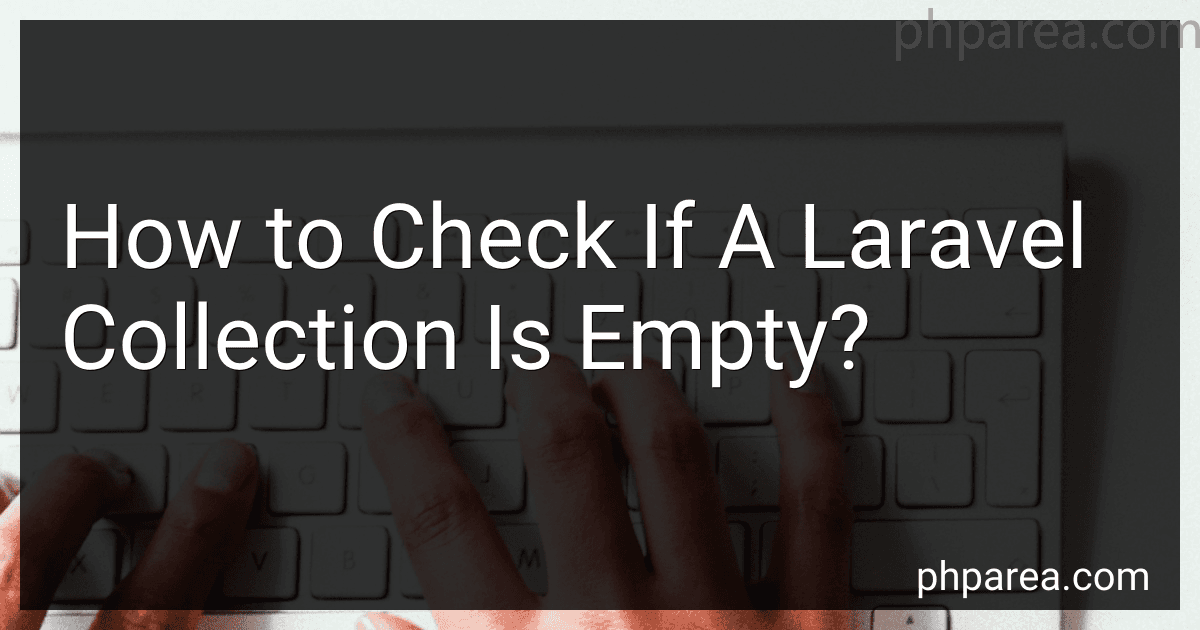Best Laravel Collection Tools to Buy in December 2025
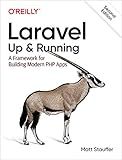
Laravel: Up & Running: A Framework for Building Modern PHP Apps


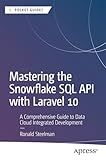
Mastering the Snowflake SQL API with Laravel 10: A Comprehensive Guide to Data Cloud Integrated Development (Apress Pocket Guides)


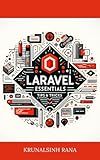
Laravel Essentials: Tips & Tricks for Developers: Master Laravel with Practical Tips for Every Developer


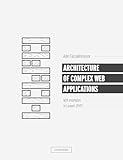
Architecture of complex web applications. Second Edition.: With examples in Laravel(PHP)


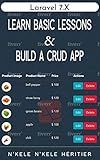
Laravel 7.X : LEARN BASIC LESSONS & BUILD A CRUD APP (PHP Framework)


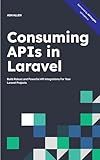
Consuming APIs in Laravel: Build Robust and Powerful API Integrations For Your Laravel Projects With Ease


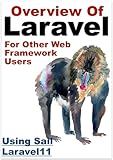
Overview Of Laravel PHP Framework: For Other Web Framework Users


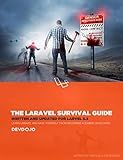
The Laravel Survival Guide: Written & Updated for Laravel 5.3


In Laravel, you can easily check if a collection is empty using the isEmpty() method. This handy method allows you to determine whether a collection has any elements or not, without needing to manually count the number of items.
To check if a Laravel collection is empty, you can follow these simple steps:
- Obtain the collection you want to check. This could be retrieved from a database query, an API response, or any other data source.
- Apply the isEmpty() method to the collection. This method returns a boolean value, true if the collection is empty and false if it contains any elements.
Here's an example of how you would use isEmpty() to check if a Laravel collection is empty:
$collection = collect([]); // Empty collection
if ($collection->isEmpty()) { echo "The collection is empty."; } else { echo "The collection is not empty."; }
In this example, we create an empty collection using the collect([]) function. Then, we check if the collection is empty using isEmpty(). In this case, the output will be "The collection is empty."
Alternatively, if your collection is obtained directly from a database query or another source, you can check if it's empty in a more concise way:
if ($collection->isEmpty()) { // Do something when the collection is empty. } else { // Do something when the collection is not empty. }
By using the isEmpty() method, you can easily determine whether a Laravel collection is empty or not, allowing you to perform specific actions based on its status.
How to check if a Laravel collection has a certain value?
To check if a Laravel collection has a certain value, you can use the contains method of the collection.
Here is an example of how to check if a collection contains a certain value:
$collection = collect([1, 2, 3, 4, 5]);
if ($collection->contains(3)) { echo "The collection contains the value 3"; } else { echo "The collection does not contain the value 3"; }
If the given value is found in the collection, the contains method will return true. Otherwise, it will return false.
How to loop through a Laravel collection?
In Laravel, you can loop through a collection using various methods. Here are a few ways to do it:
- Using the foreach loop: $collection = collect([1, 2, 3]); foreach ($collection as $item) { echo $item; }
- Using the each method: $collection->each(function ($item) { echo $item; });
- Using the map method: $newCollection = $collection->map(function ($item) { return $item * 2; }); $newCollection->all();
- Using the filter method: $filteredCollection = $collection->filter(function ($item) { return $item > 1; }); $filteredCollection->all();
You can choose the method depending on your requirements and the transformation or filtering you want to apply to the collection.
What is the purpose of the "flatten" method in a Laravel collection?
The "flatten" method in a Laravel collection is used to flatten a multi-dimensional collection into a single-dimensional collection. It merges all nested arrays or collections within the main collection, resulting in a single flat collection of elements.
The purpose of using the "flatten" method is to simplify working with nested arrays or collections by making them flat and easier to manipulate or iterate through. It can be beneficial when you need to perform operations on the elements of the nested data without having to deal with the nested structure.
For example, if you have a collection with multiple levels of nested arrays or collections, calling the "flatten" method on it will merge all the elements into a single-dimensional collection, allowing you to easily perform operations like filtering, mapping, or retrieving specific elements.
What is the purpose of the "pluck" method in a Laravel collection?
The "pluck" method in Laravel collection is used to extract a list of specific values from a collection. It allows you to retrieve the values of a given key from each item in the collection and returns a new collection of those values.
The purpose of the "pluck" method is to easily pull out a specific column or attribute from a collection of objects. It provides a convenient way to extract and work with a specific set of values without having to loop through the entire collection manually.
